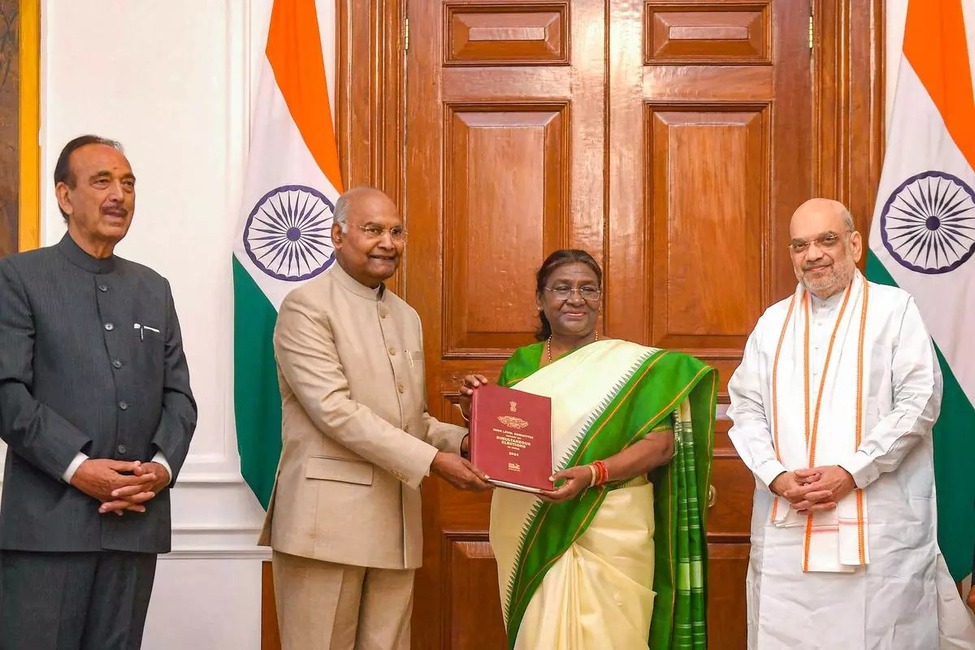
The high-powered committee headed by former President Ram Nath Kovind handed over its report to the government in March 2024
The idea of One Nation, One Election, though it has its merits, is fraught with significant challenges that need to be resolved before proceeding with simultaneous elections from the local bodies right up to Parliament
In a country as vast and diverse as India, the democratic process is both a source of pride and a logistical challenge. Elections, the bedrock of democracy, are held frequently across different levels of government, often resulting in an almost perpetual cycle of campaigning, voting, and governance disruptions. In the heart of India’s democratic landscape, Prime Minister Narendra Modi has been pushing for a transformative idea that has been gaining momentum: ‘One Nation, One Election’ (ONOE). This proposal aims to synchronise elections for the Lok Sabha, all legislative assemblies and all local bodies, conducting them simultaneously across the country.
The objective is to streamline the electoral process, reduce the frequency of elections, and minimise the associated costs and administrative burdens.
The concept is not new India followed this model in its early years after gaining independence — but its feasibility, implications, and political ramifications in today’s complex political landscape have sparked intense debate. The arguments in favour of or against ONOE are both compelling and contentious. The genesis of simultaneous elections in India dates back to the first four general elections held in 1952, 1957, 1962, and 1967, when both parliamentary and assembly elections were conducted together. However, this practice was disrupted due to various political upheavals, including defections, premature dissolutions of assemblies, and political instability that led to frequent imposition of President’s Rule. As a result, elections became staggered across different states and at different times, creating a system where the nation is almost perpetually in election mode.
A Radical Idea
The recent resurgence of the One Nation, One Election idea has been largely championed by Prime Minister Modi and the Bharatiya Janata Party (BJP). In multiple public addresses, Modi has reiterated that holding simultaneous elections would not only reduce financial and administrative burdens but also allow governments to focus on governance rather than being in continuous campaign mode. “One Nation, One Election is the need of the hour,” Modi declared in his Independence Day speech in 2024. “It will enhance stability, improve tronic voting machines (EVMs) and ensuring adequate security personnel to manage
the mammoth exercise. On December 17, 2024, the government introduced two crucial bills in the Lok Sabha: The Constitution 129th Amendment Bill, 2024, and The Union Territories Laws Amendment Bill, 2024. While introducing the bills Union Law Minister Arjun Ram Meghwal argued that they would enhance economic growth and improve governance by reducing the continuous cycle of elections. Despite these assertions, the Opposition remained steadfast in its resistance, citing concerns over federalism and the potential for Central dominance in state affairs.
These bills aimed to lay the legal groundwork for implementing simultaneous elections by aligning the tenure of both Central and state legislatures. While the bills were met with enthusiasm by the ruling party, Opposition leaders expressed scepticism. Congress leader Mallikarjun Kharge stated, “This move is an attempt to centralise power and undermine the federal structure of India. Elections must reflect regional aspirations and issues, which simultaneous elections will suppress.”
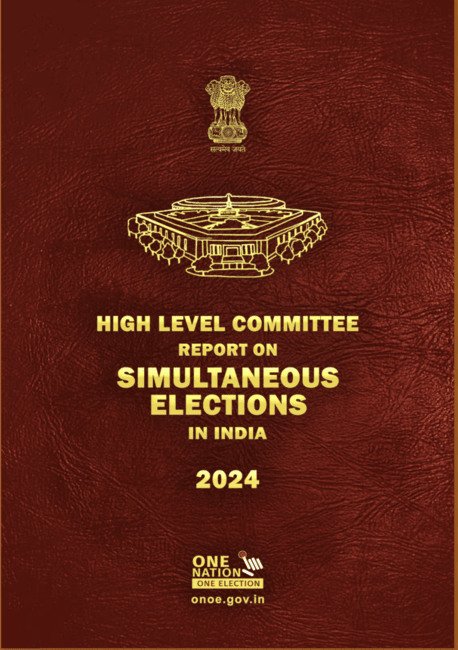
Numbers Fall Short
Despite strong advocacy from the government, the proposal faced significant resistance when it was tabled in the Lok Sabha. The two constitutional amendment bills governance, and save precious resources.” He also urged all political parties to consider the proposal earnestly, highlighting its potential to enhance governance and reduce electoral expenses.
To examine the feasibility of this idea, the government set up a high-level committee in September 2023 under the former President, Ram Nath Kovind. The committee was tasked with evaluating the constitutional, legal, and logistical aspects of implementing simultaneous elections. In March 2024, the committee submitted its report, detailing the necessary amendments to the Constitution, the logistical challenges, and potential benefits of the proposal. The Union Cabinet accepted the committee’s recommendations on September 18, 2024, marking a significant step toward electoral reform. On the occasion, Union Minister Ashwini Vaishnaw remarked, “Simultaneous elections will strengthen democracy and are supported by a substantial segment of India’s youth.
The recommendations included amending Articles 82, 83, 172, 324, 325 and 327 of the Constitution besides a host of acts governing Union Territories to synchronise the terms of the Lok Sabha and assemblies, alongside practical considerations such as increasing the number of electronic voting machines (EVMs) and ensuring adequate security personnel to manage the mammoth exercise.
The genesis of simultaneous elections in India dates back to the first four general elections when both parliamentary and assembly elections were conducted together
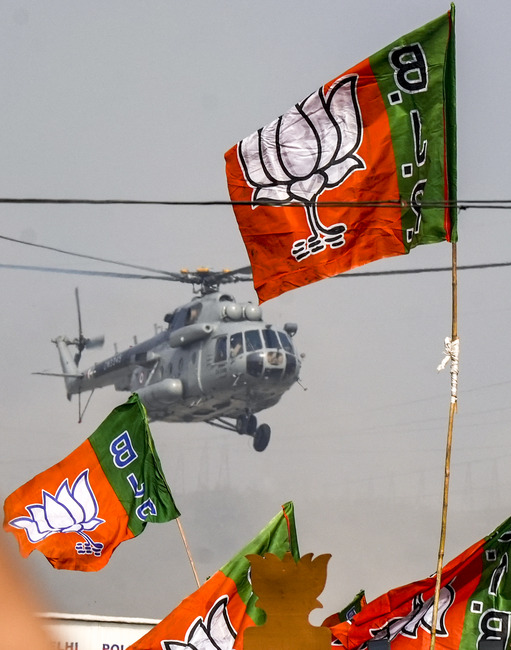
The cost of campaigning has increased manifold since the time when Indian democracy was still finding its feet in the early years of independence
The Modi government’s view is that conducting elections every few months at different levels increases administrative costs, security deployment expenses, and disrupts governance
The recommendations included amending Articles 82, 83, 172, 324, 325 and 327 of the Constitution besides a host of acts governing Union Territories to synchronise the terms of the Lok Sabha and assemblies
TMC leader Mamata Banerjee remarked, “. This is an undemocratic proposal that will weaken the voice of the states and reduce elections to a national referendum, ignoring local issues.” Congress MP Manickam Tagore from Tamil Nadu said, “Two thirds majority (i.e., 307) was needed out of the total 461 votes… but the government secured only (269), while the Opposition got 198. The ‘One Nation, One Election’ proposal failed to gain two-thirds support.” After the bills failed to pass muster in the Lower House, they were referred to a Joint Parliamentary Committee, which is dominated by MPs from the BJP by virtue of it being the single largest party in the Lok Sabha.
According to a summary analysis published by PRS Legislative Research, “the Committee observed that constitutional amendments in relation to terms of Parliament and state assemblies will not require ratification by states. However, constitutional amendments in relation to local bodies will be required to be passed with ratification by at least half of the states.” This means, if 50% of the states do not ratify the bills, simultaneous polls for local body elections cannot be held. ONOE will also require the creation of a single electoral roll from local bodies right up to parliamentary constituencies.
One of the core arguments in favour of ONOE is the financial burden that frequent elections impose on the exchequer. According to the Election Commission of India (ECI), the 2019 Lok Sabha elections cost approximately Rs 60,000 crore after factoring in both government and political party expenditures. For the 2024 Lok Sabha elections, it has been reported, total spend crossed Rs 80,000 crore. The Modi government’s view is that conducting elections every few months at different levels increases administrative costs, security deployment expenses, and disrupts regular governance. A synchronised electoral process, proponents argue, would lead to significant savings and better utilisation of resources. Additionally, continuous elections impact policymaking and governance, as governments often hesitate to implement long-term reforms due to the looming spectre of upcoming elections. Former Chief Election Commissioner Sunil Arora pointed out, “With elections happening every year in some part of the country, governments are perpetually in campaign mode, which affects policy decisions and development work.”
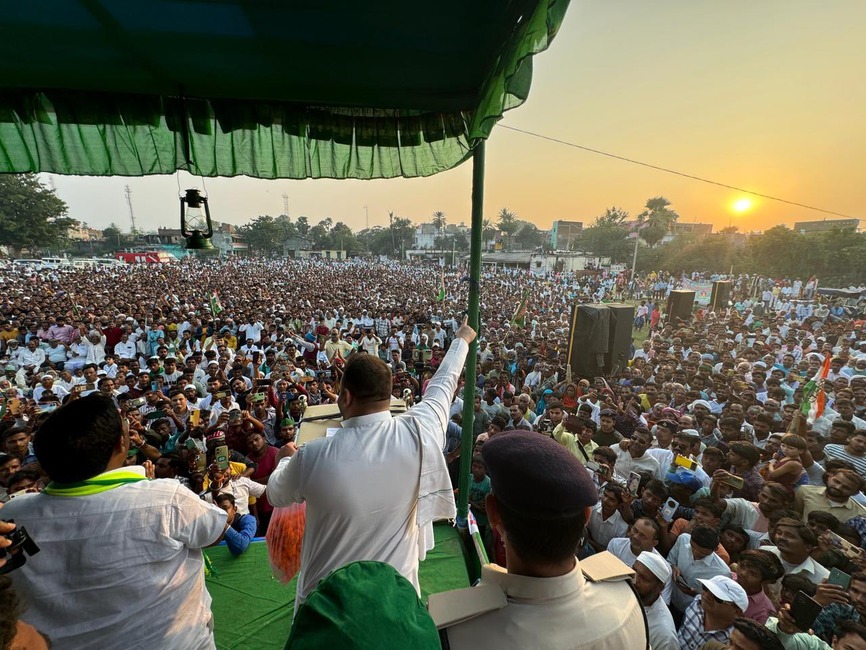
Regional parties have opposed the idea of simultaneous elections as they fear that national issues will overshadow local issues that dominate assembly polls besides leading to a presidential form of the electoral process
The Model Code of Conduct (MCC), which comes into effect during elections, restricts governments from announcing new projects or policies, thereby slowing down governance. Holding elections simultaneously would minimise such disruptions, allowing governments to function efficiently. However, opponents of ONOE point out that, while announcing new projects and schemes might not be permitted during the period when the MCC is operational, it does not hamper regular and ongoing administrative work.
Many Challenges
Implementing ONOE presents significant challenges. Constitutional amendments would be required to synchronise the terms of various legislative bodies. This would mean either curtailing the tenure of certain assemblies or extending them to align with a common schedule, both of which raise concerns about democratic legitimacy. Critics argue that shortening an elected government’s tenure would violate the mandate given by voters, while extending terms beyond their original duration without an election is inherently undemocratic.
Another challenge that confronts ONOE is the question around what happens if a government collapses before the completion of its five-year term and no other political formation is able to form the government for the remainder of the period. In such a scenario, ONOE in its present form envisages elections only for the remaining period. In essence, once the remainder of the term period is completed, elections will be called again. This goes fundamentally against the Constitution, which defines the term of any government for a period of five years. It also goes against the core idea of ONOE of curtailing election related expenses.
The logistical feasibility of ONOE remains a significant concern. India’s elections are already the largest democratic exercise in the world, with over 979 million eligible voters in the 2024 general election. Conducting simultaneous elections would require massive administrative coordination, a significant increase in EVMs, deployment of security forces on an unprecedented scale, and extensive voter education campaigns. The ECI has expressed reservations about managing such a large-scale electoral process efficiently, particularly ensuring that free and fair elections are conducted across the country simultaneously.
Beyond the logistical challenges, critics worry about the political implications of simultaneous elections. They argue that national issues may overshadow local concerns, thereby diluting the importance of state-level governance. Political scientist Yogendra Yadav has warned, “Simultaneous elections will create a presidential-style election, where state elections will become secondary to national narratives, harming the diversity of India’s federal structure.” India’s democracy thrives on its ability to accommodate regional aspirations, and reducing elections to a singular, nation-wide event could diminish the representation of local issues in the electoral discourse.
Despite these challenges, the government remains committed to pursuing electoral reform. A parliamentary committee has been scheduled to further deliberate on the bills on February 25, 2025, with hopes of addressing Opposition concerns and refining the implementation strategy. The debate surrounding ONOE encapsulates the broader ideological battle between efficiency and federalism in India’s democratic framework.
While the proposal offers significant advantages in terms of cost reduction and governance stability, it also poses the risks of centralising power and undermining regional political representation. The coming months will be crucial in determining whether this ambitious electoral reform can be realised through a collaborative and consensus driven approach. Legal experts believe that ONOE goes against the federal structure, which is part of the basic structure, of the Constitution. As India stands at the crossroads of a potentially transformative electoral reform, the question remains: Can the nation balance the ideals of efficiency and democracy, or will the practical and political challenges prove insurmountable? The answer lies not just in legislative amendments but in the collective will of India’s diverse political landscape.
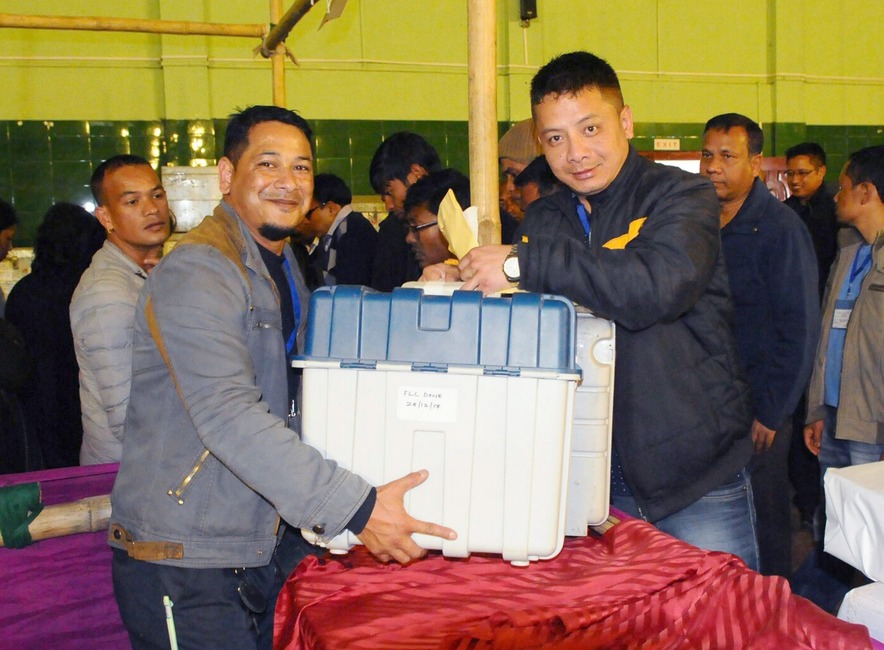
Conducting Indian elections is a highly complex logistical exercise which involves deploying manpower and EVMs in the remotest regions
ONOE in its present form envisages elections only for the remaining period. In essence, once the remainder of the term period is completed, elections will be called again
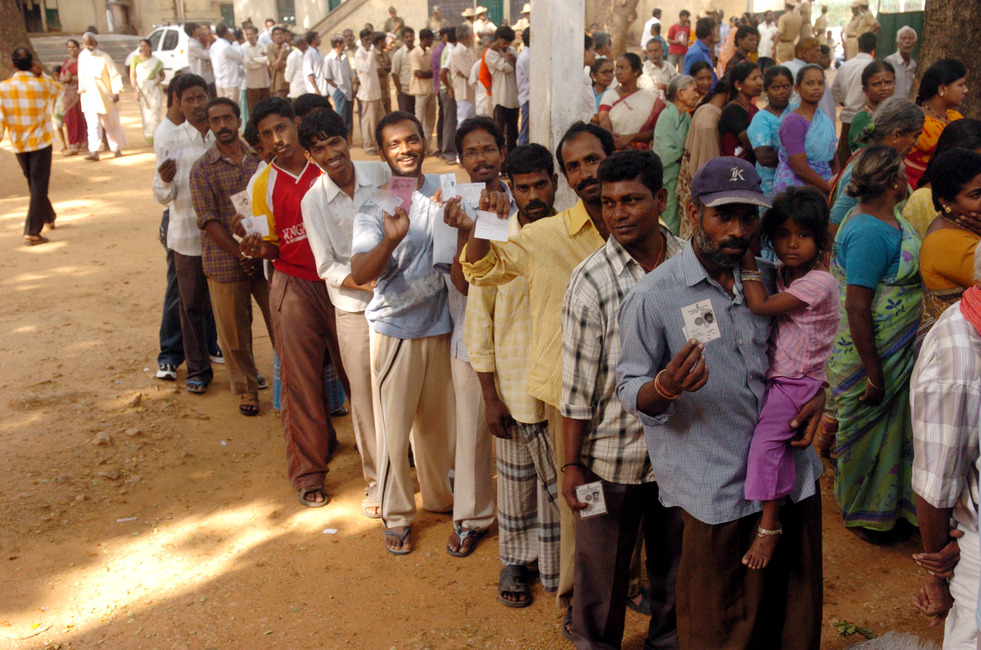
More than 63 crore votes were polled and counted in the 2024 Lok Sabha election that was conducted in seven phases
The coming months will be crucial in determining whether this ambitious electoral reform can be realised through a collaborative
and consensus-driven approach


Add Comment